Google AdSense is an advertising program that allows owners of blogs to run ads on their website or blog and get paid when visitors click on them. The ads are generated from businesses that use Google’s AdWords program. These ads are then fed onto your blog or website using a special AdSense code.
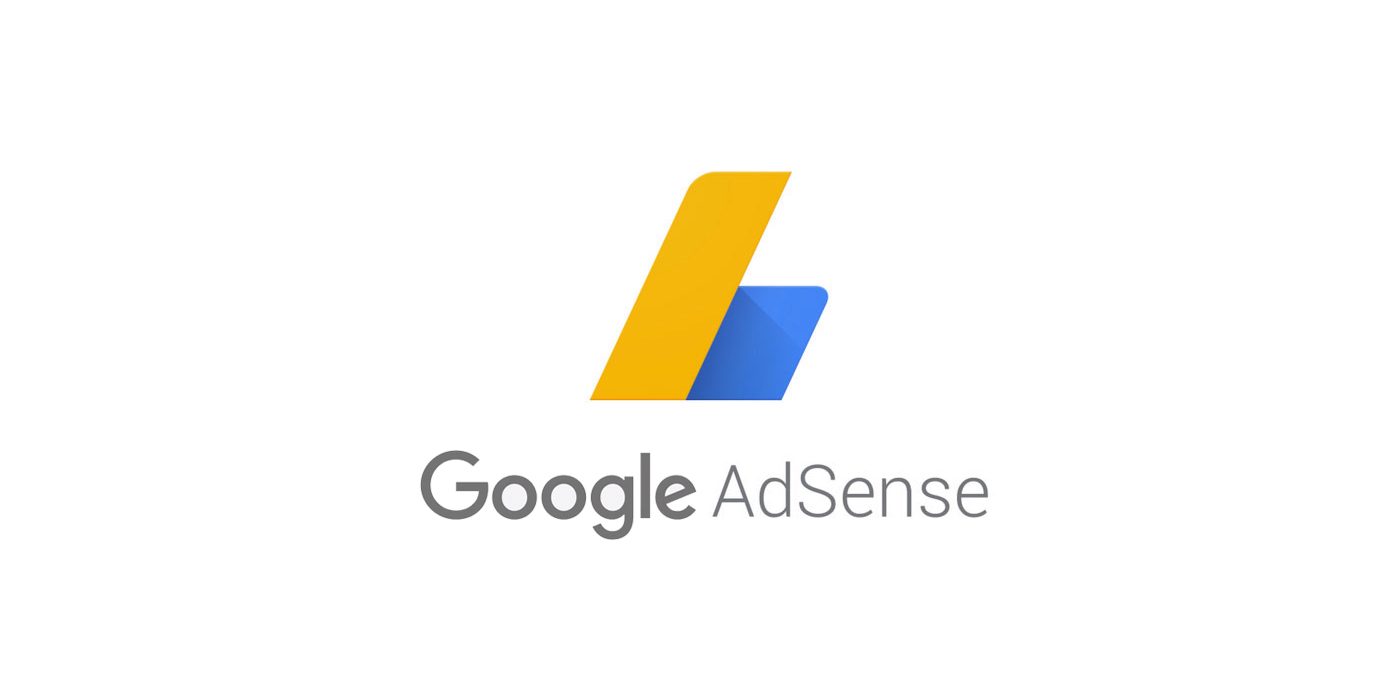
If you are a regular reader at Danielshustle, then you know there are many ways to earn income from a website. And we have discussed a lot of them in our numerous complete guides. Many of these monetization methods require that you have significant traffic before you’ll make money.
This is where Google AdSense on the website is a good beginning monetization option. It’s free and easy to add the ad code to your website.
How Google AdSense Work?
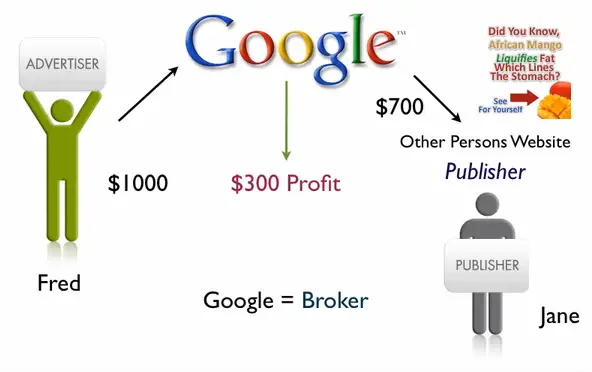
Google AdSense on websites works on the premise of you using your platform to display ads to an audience who then interact with the said ads. Quite a simple right!
Website owners create an AdSense account, then insert a small code into your website pages and you are ready to go. Google AdSense on the website will then display targeted ads on your page that are relevant to the content of your website or to your audience’s previous searches. This is done based on Google’s proprietary algorithms.
Whenever an audience on your site interacts with the ads by clicking, you will be paid a certain amount. Google AdSense works on a cost-per-click and revenue-sharing basis. This means that the more clicks you can provide, the more you earn.
Using websites to make money from Google AdSense

Earning money with Google AdSense on websites requires a plan, time, patience, and lots of optimization procedures. It may take days, weeks, or even months before you start to see an appreciable rise in the number of ads click.
- Reading and adhering to Google’s rules. Bloggers must comply with all Google’s webmaster policies as well as the AdSense program policy.
- Create valuable and useful content for your audience. At the end of the day, your earnings are determined by how valuable your contents are to the audience.
- Always use honest, organic traffic-building website marketing techniques such as Search engine optimization and article marketing.
- Mobile users account for over 80% of traffic on websites and blogs. You don’t want to miss out on this. Therefore, optimize your website and make it responsive to mobile users.
- Always use responsive ads. Using responsive ads ensures that Google can send appropriate ad sizes to mobile devices visiting your site.
- Test ad types and placement to find the best fit options that increase earnings. You can begin with the regular standard sizes (300×250, 728×90, and 160×600). Then switch them later on.
- Create a leader board ad below your header or logo. This increases visibility and chances that it will get more clicks.
- Use in-content ads within your articles. This can greatly increase clicks since they are readily visible during the process of reading a post.
- Google AdSense on the website has various tools and feedback mechanisms to help you analyze your data.
- Certain color appeals to humans differently. You can experiment with link and box colors to see if it impacts results.
- Enabling placement targeting allows advertisers to choose where their ads appear on your website.
Using Facebook to make money from Google AdSense
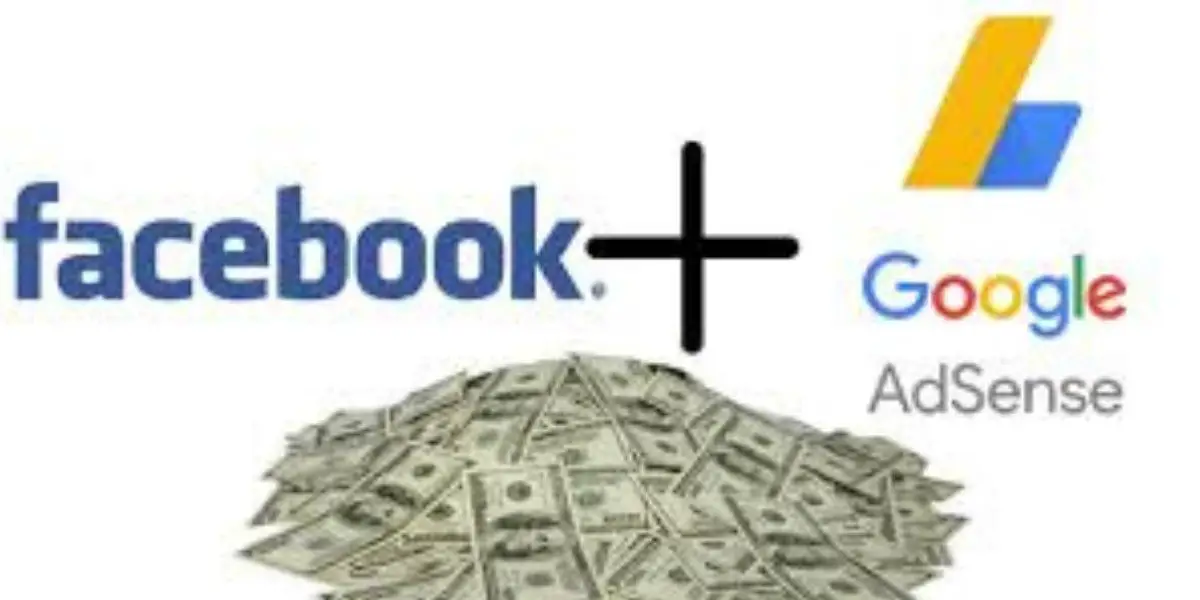
For content creators to be eligible for monetization through adverts on Facebook, they have to agree to three main sets of policies which are the Facebook community standard, Partner monetization policy, Content monetization Policy.
Facebook Partner Monetization Policies
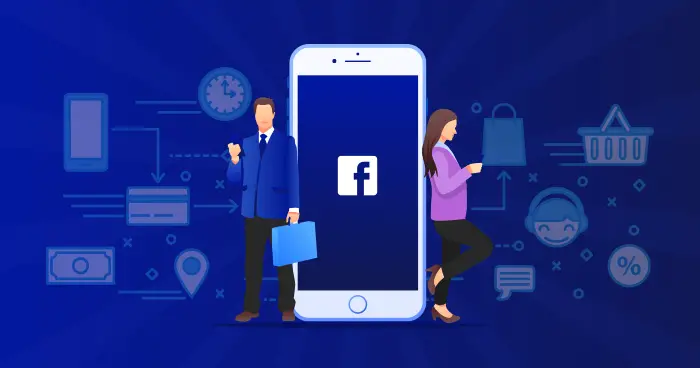
Before publishers, third-party, and content creators can earn money on Facebook, they have to comply with the Partner Monetization policies. This rule applies to the content pages, groups on the social media platform. The partner policies that must be followed are:
- Create the content on eligible platforms, not on Facebook profiles.
- Content creators must reside in an eligible country or region.
- Follow Facebook’s content monetization policy.
- Serve authentic content that adheres to Facebook payment terms.
- Follow rules on politics and governments.
Content Monetization Policies
Content creators must abide by Facebook terms and conditions standards. The social media giant has high-level rules against sexual, violent, profane, and hateful content. This also deals with certain prohibitions of content format, behaviors, and restricted categories. Examples of the above include; Static video, embedded ads, Engagement bait, soliciting engagement, Looping videos, and misinformation.
After compliance with policies and page monetization approval, the next step is to include the AdSense code on to the Facebook page. To add AdSense code on the Facebook page, you need a mechanism for adding HTML to the Facebook page.
This helps us to add our custom HTML, CSS, and JavaScript to the Facebook page. To do this, select Static HTML and click on ‘Add Static HTML to a Page’. It’ll redirect you to a new page allowing you to choose the page on which you want to enable it. Select the page you want and click Add Page Tab.
Adding AdSense Ad to a Facebook Page
At this step, you should see a new tab added to your page sidebar. Click on that new tab and remove the sample content shown there. Copy the AdSense code previously created and pastes it there.
You must add some textual content on the page where AdSense ads are shown. To do this, simply write some quality content or promotional content under Ad code. After writing content, click on the ‘Publish Page’ button on the top-right side.
Using Instagram to make money from Google AdSense

Google AdSense can only work on Instagram when the content creator’s page complies with Instagram partner monetization policies. This policy consists of several rules that must be satisfied before the page can be approved for monetization. Below are guideline tips on how to meet requirements:
Reside in an eligible country
A content creator must reside in a country or region where the monetization feature is available, the ability to monetize may be lost if the creator moves to a country where monetization is not supported.
Follow Instagram guidelines

The Instagram community guidelines apply to all posts on Instagram. That includes rules against hate speech, violence, alongside sexualized content. It also includes policies on intellectual property, authenticity, and user safety.
Violation of any of these community guidelines may cause publishers and content creators to lose eligibility for monetization. This also includes copyright and trademark infringement.
Monetize authentic engagement
Content creators and publishers can only monetize what their original audiences want. This means that whatever is been monetized must be relevant to what the page has always offered or served to its audience. Eligibility can be lost if the audience consists of fake engagements.
- Publishers and content creators cannot post misinformation. Serving misinformation will lead to ineligibility.
- Every publisher is expected to comply with Instagram’s approved mode of earning and receiving payments.
After the page has been approved AdSense can only work by driving social media traffic to a website with AdSense, a landing page has to be created for this. A website with AdSense that is based on the Instagram page must be in place for this to work, the URL will be posted alongside captions to draw the attention of the audience to it, once the click takes the direction to the landing page of the website with ads.
Using YouTube to Make Money from Google AdSense
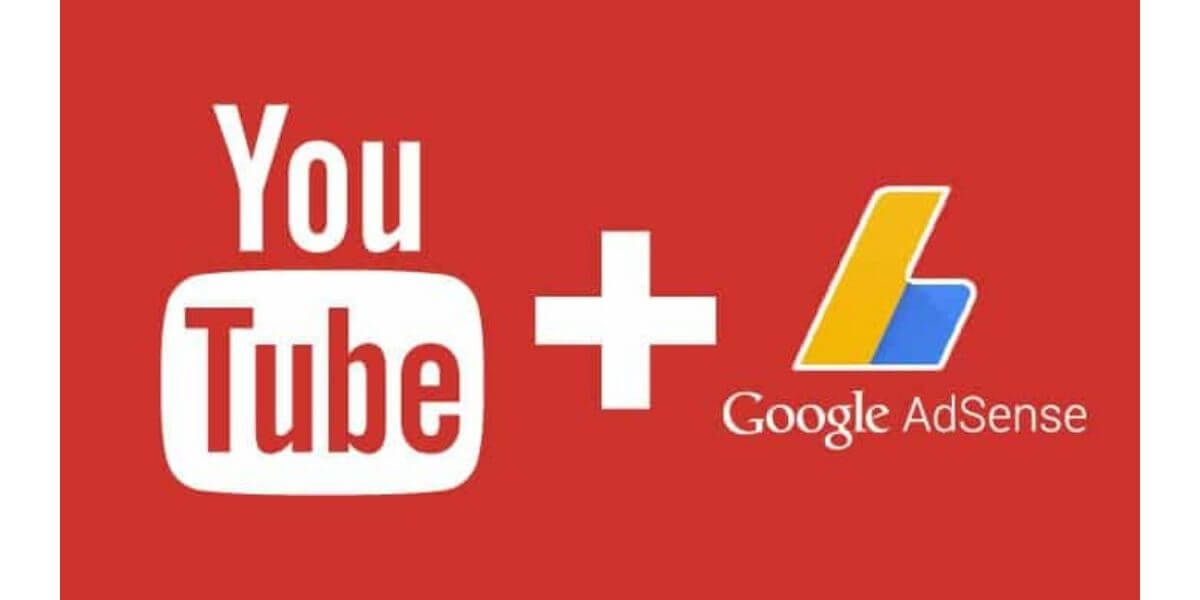
The simplest way to earn money from your YouTube channel is by associating it with an approved AdSense account. However, not all videos are eligible for monetization. Make sure you meet video monetization policies and YouTube Advertising formats to use this service.
YouTube monetizes its video content via pre-roll, display, and other advertising formats. Advertisers pay based on clicks or impressions. The amount of money that YouTube pays partners depends on several factors. Some of which include the number of views received by the video, the number of clicks on ads, the quality of the ads clicked on, and video length.
Also note that as of 2018, the median cost per thousand (CPM) ad rate charged to advertisers was $10. And since creators are paid only on monetized views, and not total views, the effective CPM they earn can be far lower. However, the actual rate that advertisers pay varies, usually around $0.10 to $0.30 per view. On average, an advertiser pays around $0.18 per view. This means that a YouTube channel receives $18 per 1,000 ad views, which roughly equates to $3 – $5 per 1000 video views.
Minimum Requirements to join YouTube Partner Program
Content creator’s channels must follow the YouTube Monetization policy. The monetization policy allows creators to monetize on YouTube. The YPP requires policy compliance with monetization policy:
- Content Creator must reside in a country or region where the YouTube Partner Program is allowed.
- Channel must have at least 4,000 public view hours in the last 12 months.
- Channel has to have a minimum of 1,000 viewers and subscribers.
- Must possess a linked AdSense account
YouTube’s advertising Format
Several types of ads can appear during your video when video monetization becomes active. The list below shows the ad format on YouTube:
Skip-able video ads: this allows viewers to skip an ad after 5 seconds either on mobile, pc, or TVs. These ads usually appear when a video is been viewed.
Non-skip-able video ads: this type of ad format requires viewers to watch it before a video can become accessible. The play length is usually 15-20 seconds.
Bumper ads: short non-skip-able video ads of up to 6 seconds that require viewing before proceeding to watch the original video. Ads in this category are always 6 seconds long and are viewable on desktop and mobile.
Overlay ads: Image or text ads that appear on the base 20% portion of the video can only appear on desktop and no other viewing device and they have a standard size of 468X60 or 728X90 pixels.
Optimizing AdSense Ads to earn $100 daily

Irrespective of whatever platform you are using to earn from Google AdSense, you will need to optimize your content for each medium. Placing ads just about anywhere for example on your website, won’t guaranty maximum conversions for you.
You need to know how to optimize such ads in terms of placement, size, and number of ad content as well as color. Optimization techniques help you attain the most value for each ad which in turn drives an increase in your ad revenue. Below are some optimization techniques across various platforms that support Google AdSense:
Quality of content
No questions asked, content is king. And if you intend to earn via an advert on any medium, you will ensure to have quality content. Before audiences can come to view and engage ads, they have to be attracted by the usefulness of the content you provide. To measure the performance of your contents, run a Google Analytics report (applicable to websites and YouTube) and observe the following:
- average user time on page
- pages per session
- bounce rate
All these are key performance metrics of the quality of your content. When your audiences are not engaged, there is no way they can engage your ads. Review these metrics and optimize deficient indicators.
Ad Placement and Ad Size

Every medium is unique and knowing where to place ads is as important as the money you seek to earn. The placement of ads is majorly determined by the medium you operate in.
Number of ads to run

Truth be told, there is no perfect number of ads you can run on a medium. For instance, YouTube allows an ad per minute. This means a video of 10 minutes can have 10 ads or 5 ads. In like fashion, you can have multiple ads on Facebook content or just one. It comes down to choice and preference.
Recently, Google AdSense lifted its restrictions in terms of the number of ads/pages a website can have. Even at that, they still recommend at least a 50:50 split of ads to content. Regardless of the medium you are using, one should always have fewer ads than content, but never more ads than content.
Danielshustle suggests between 3 and 4 ads per page on websites, 2 to 3 ads for a 10 minutes video on YouTube, and a maximum of 2 ads for a Facebook post. Keep in mind that audiences have come to digest quality information and not to view ads.
Google AdSense Payments
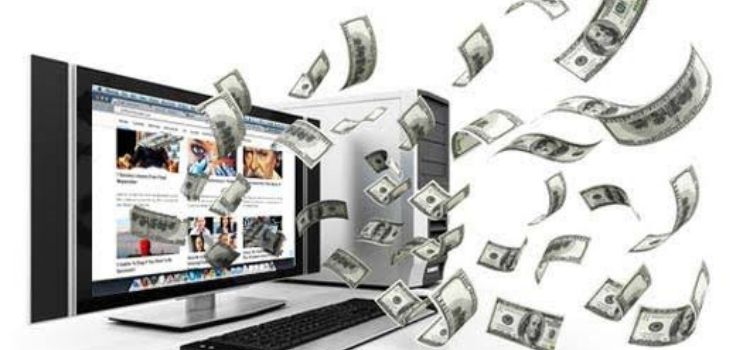
Users of Google AdSense receive payments via direct deposit or check. The platform has a withdrawal threshold of $100 and earnings that aren’t up to that are automatically rollover. This means it merges with next month’s earnings.
Each time you attain the $100 threshold, Google issues payment on the next payment period. From your AdSense account, you can access your current earnings; see which ads are generating the most clicks and other useful data.
However, when sending payments to your account from a different currency, Google converts it to your local currency. This takes place at the standard exchange rate and sends it to your bank account.
Note: There is a possibility of additional mark-up to the conversion rate, either by Google or your local bank. This means that you would lose some of your money when receiving payment from AdSense.
Conclusion
To earn $100 daily with Google AdSense is easily attainable. This is because the program can work with different mediums and run concurrently. Previously, it was necessary to own a website to use AdSense. But now, the program is open to sites such as Facebook, Instagram, or YouTube.
This means earning more from Google AdSense is now possible by simply leveraging the popularity of these mediums to drive traffic at your Google ads. Irrespective of how you choose to use Google AdSense, creating quality and useful content should be your main objective. Also, abide by Google’s rules and you won’t run the risk of losing your earning.



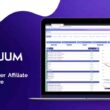
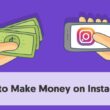

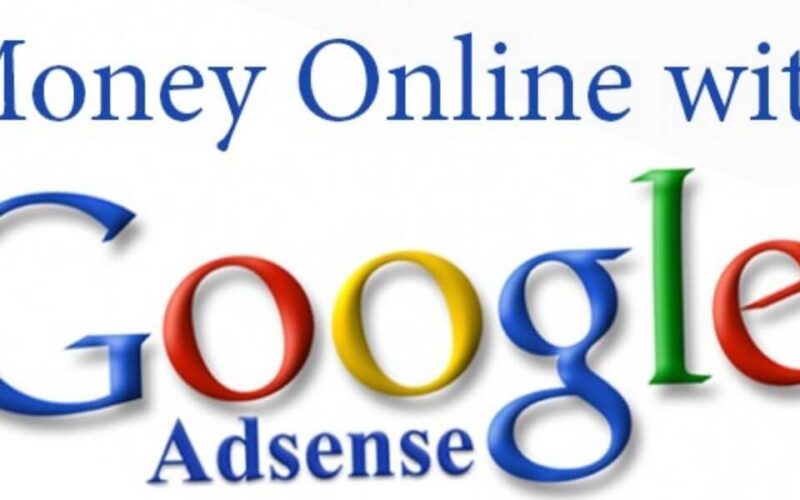
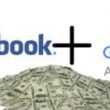
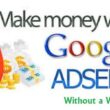
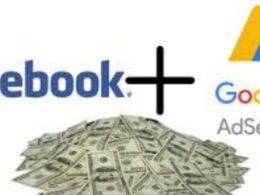
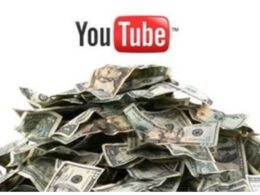
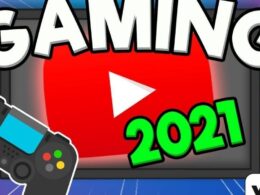
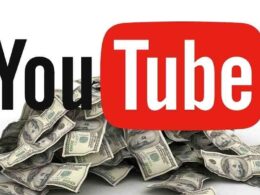
pls can you make a youtube video on this so we can understand it better
Impressive article Dan. Thank you. Thank you too for all your good lessons on YouTube. Keep the good work
The pleasure is mine
Hello bro, my name is Raphael Umeh. Am also ur brother please 🙏 I would like us to chat at WhatsApp 08102559577